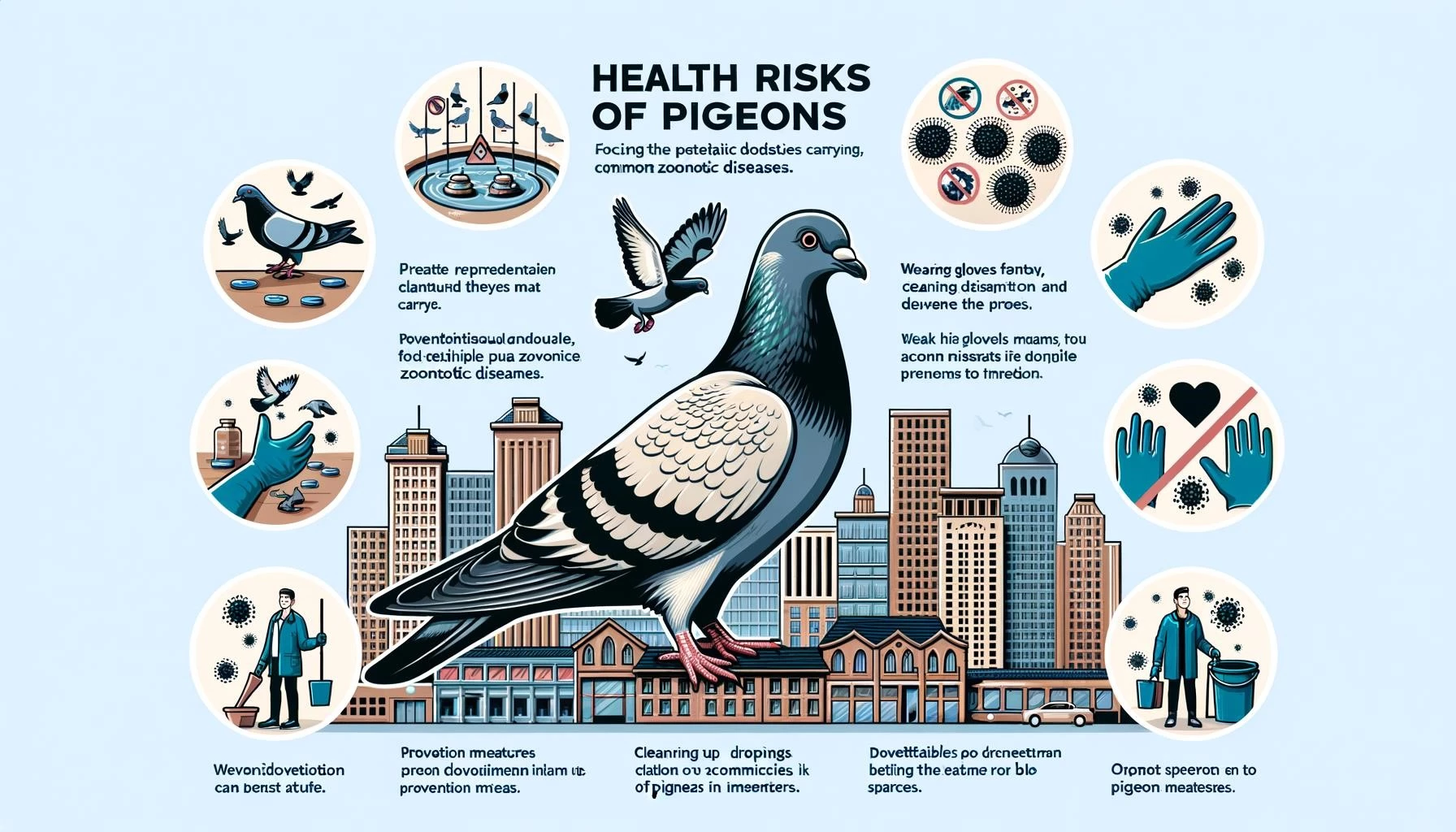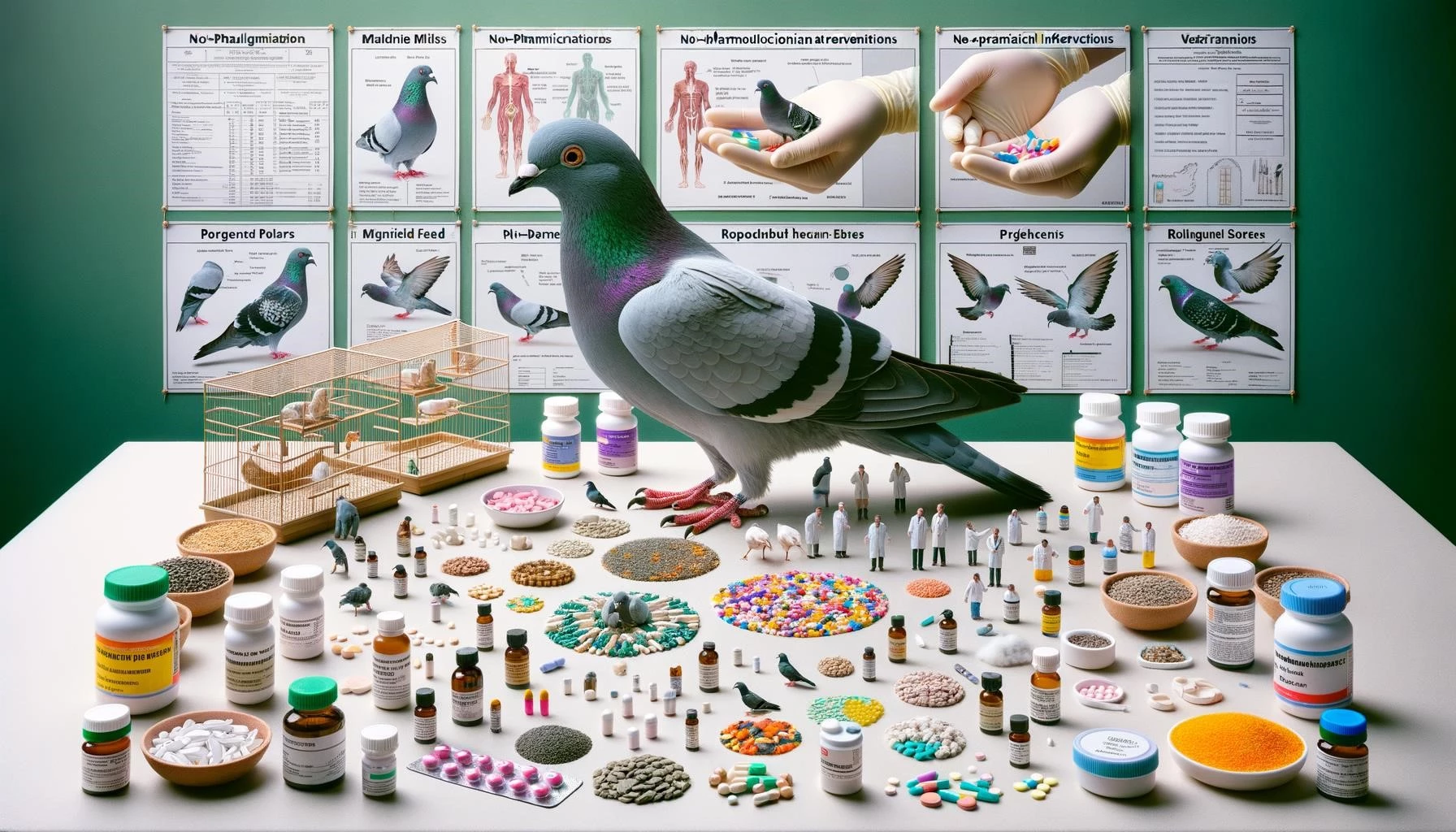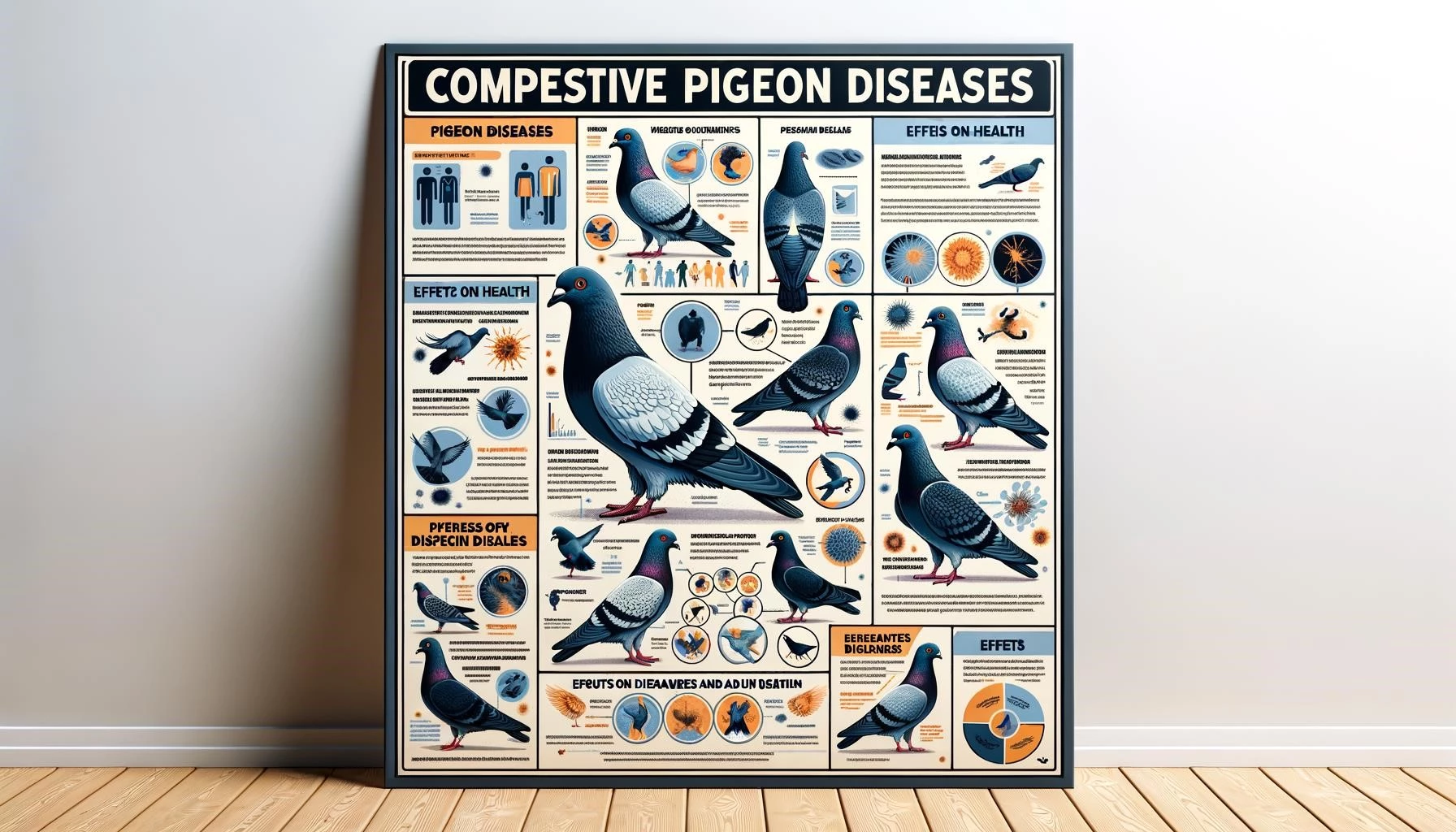Pigeons, although often seen as harmless creatures, can be carriers of various diseases. These diseases can pose a risk to human health, particularly if the droppings are mishandled or if people come into close contact with infected pigeons. Moreover, climate change can potentially exacerbate the spread and impact of these diseases. This article will explore the relationship between pigeon diseases and climate change, highlighting the potential risks and implications for both human and pigeon populations.
Key Takeaways
- Pigeons can carry diseases such as avian paramyxovirus type 1, cryptococcosis, histoplasmosis, and psittacosis.
- Climate change can affect the movements and migratory paths of birds, potentially exposing new populations to diseases.
- Rising temperatures can create favorable conditions for pests like pigeons and rats, facilitating their reproduction and introducing new species.
- Climate change can also influence the timing of bird migration, alter habitat availability, and increase the likelihood of disease transmission.
Pigeon Diseases and Their Impacts
Pigeons can carry and transmit several diseases that can be harmful to both pigeons and humans. These diseases include avian paramyxovirus type 1, cryptococcosis, histoplasmosis, and psittacosis.
Avian paramyxovirus type 1 (APMV-1) is a viral infection that affects pigeons and other avian species. It can spread rapidly and cause high rates of illness and death in pigeon populations. APMV-1 is present in most countries and can have significant economic and ecological impacts on affected areas.
Cryptococcosis is a fungal disease caused by the Cryptococcus neoformans fungus. Pigeons can become infected by inhaling the fungal spores present in contaminated soil, bird droppings, and decaying organic matter. Although rare, human infection can occur through inhalation of the fungal spores, particularly in individuals with weakened immune systems. Cryptococcosis can lead to serious respiratory and neurological complications in humans.
Histoplasmosis is another fungal disease that can be associated with pigeon droppings. The Histoplasma capsulatum fungus thrives in nitrogen-rich environments, such as soil contaminated with pigeon excrement. Inhalation of fungal spores can cause respiratory infections in humans, which can range from mild flu-like symptoms to severe respiratory distress, especially in individuals with compromised immune systems.
Psittacosis, also known as parrot fever, is a bacterial disease caused by the bacterium Chlamydia psittaci. While it is more commonly associated with parrots and other birds, pigeons can also carry and transmit this infection. Humans can contract psittacosis through inhalation of contaminated dust particles or direct contact with infected birds. Symptoms in humans can range from mild flu-like illness to severe pneumonia.
Climate Change and Pigeon Diseases
Climate change can have significant impacts on the prevalence and spread of pigeon diseases. The changing climate can alter the movements and migratory patterns of birds, potentially exposing new geographical areas and populations to diseases they haven’t encountered before.
Rising temperatures associated with climate change can create more favorable conditions for pests such as rats and pigeons to reproduce more quickly. These pests can transmit diseases and create nuisance problems in urban environments. Additionally, climate change can facilitate the introduction and establishment of new species, which can bring with them their own set of diseases and health risks.
Furthermore, climate change can also affect the timing of bird migration, as well as alter habitat availability. These changes can influence the interaction between birds and their pathogens, potentially increasing the likelihood of disease transmission. For example, advanced spring migration due to climate change could lead to birds arriving at breeding grounds before the peak availability of resources, which may compromise their health and increase the risk of disease transmission within bird populations.
Overall, the impacts of climate change on pigeon diseases are multi-faceted. It is essential to understand and monitor these changes in order to mitigate the risks to both human and pigeon populations.
Conclusion
Pigeon diseases can pose health risks to humans, and climate change has the potential to exacerbate these risks. Avian paramyxovirus type 1, cryptococcosis, histoplasmosis, and psittacosis are among the diseases that can be associated with pigeons. Climate change can influence the movements, habitat availability, and migration timing of birds, which can in turn affect the transmission and spread of diseases. Rising temperatures can also create favorable conditions for pests such as pigeons to reproduce more rapidly. It is crucial to monitor and address the impacts of climate change on pigeon diseases to protect both human and animal populations.







